Raspberry Pi 4 Model B review: Back, and better than ever
Thermal issues aside, this Raspberry Pi 4 is one tasty device
With a new manufacturing process, twin 4K display outputs and up to 8GB of RAM, the Raspberry Pi 4 is an extremely impressive machine. There’s a bit of an issue with overheating, but aside from that, the Pi is the best it’s ever been.
-
+
Now supports dual 4K monitors; Faster USB ports; More powerful
-
-
Runs extremely hot; USB-C only used for power

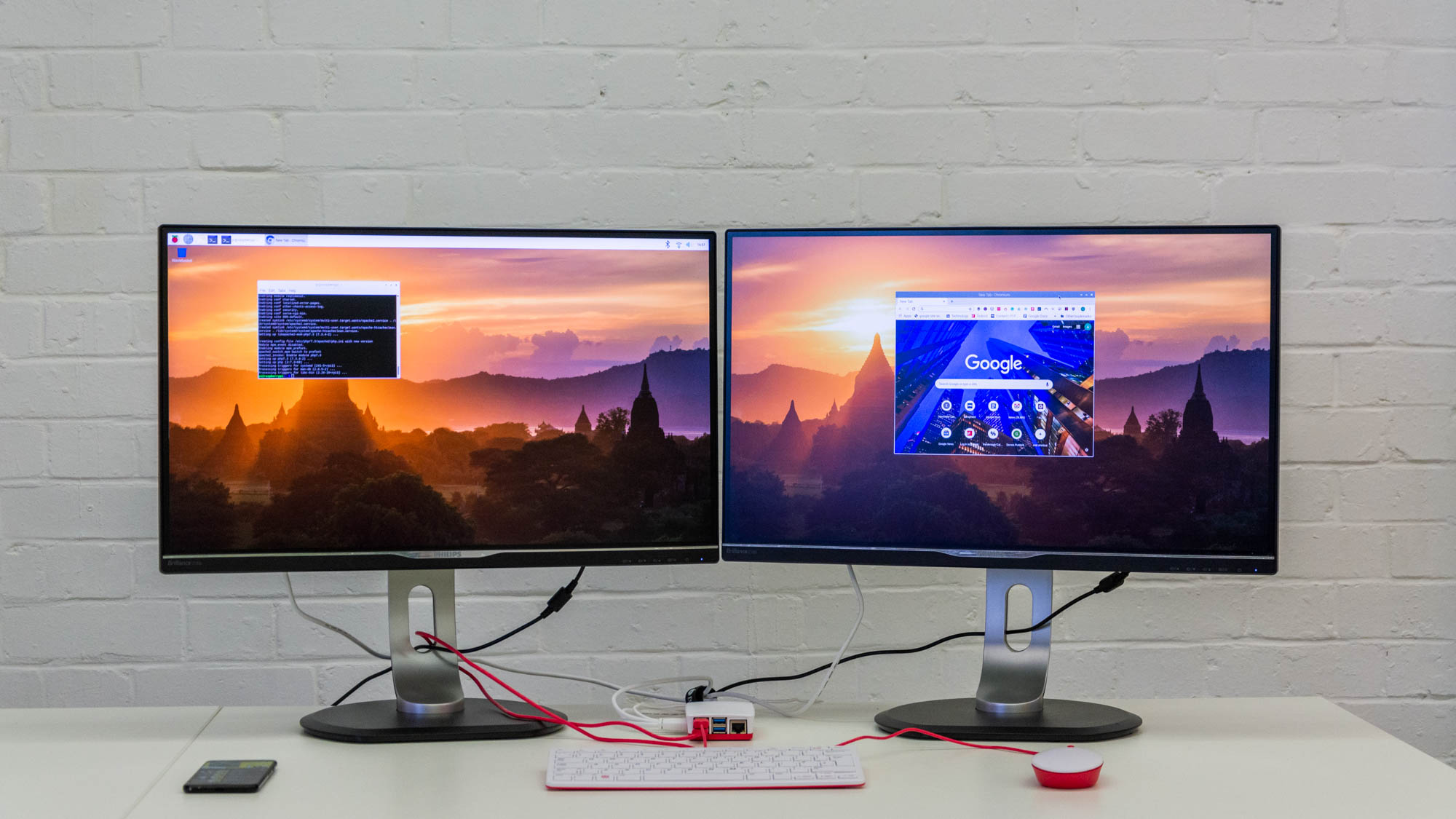
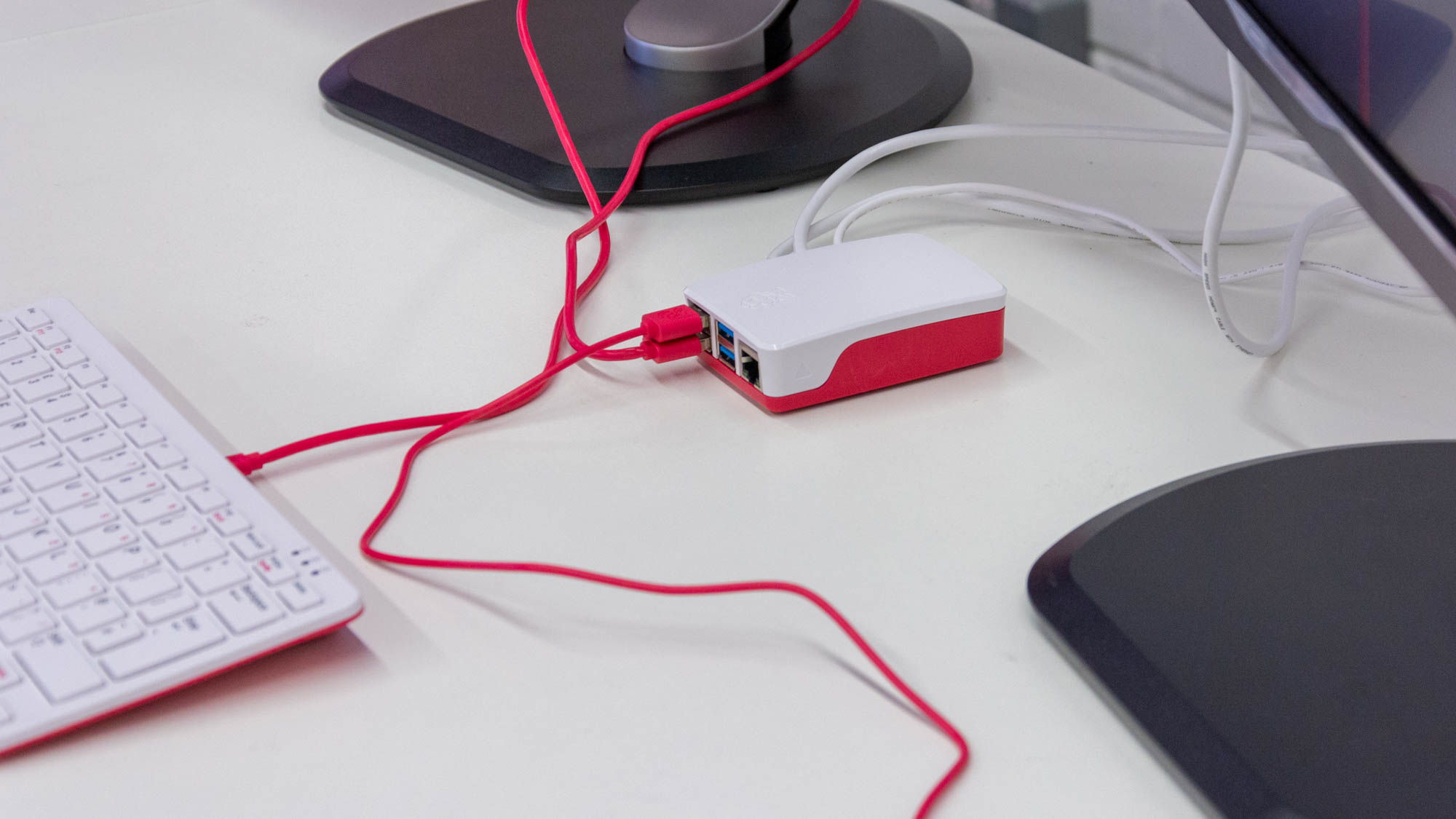
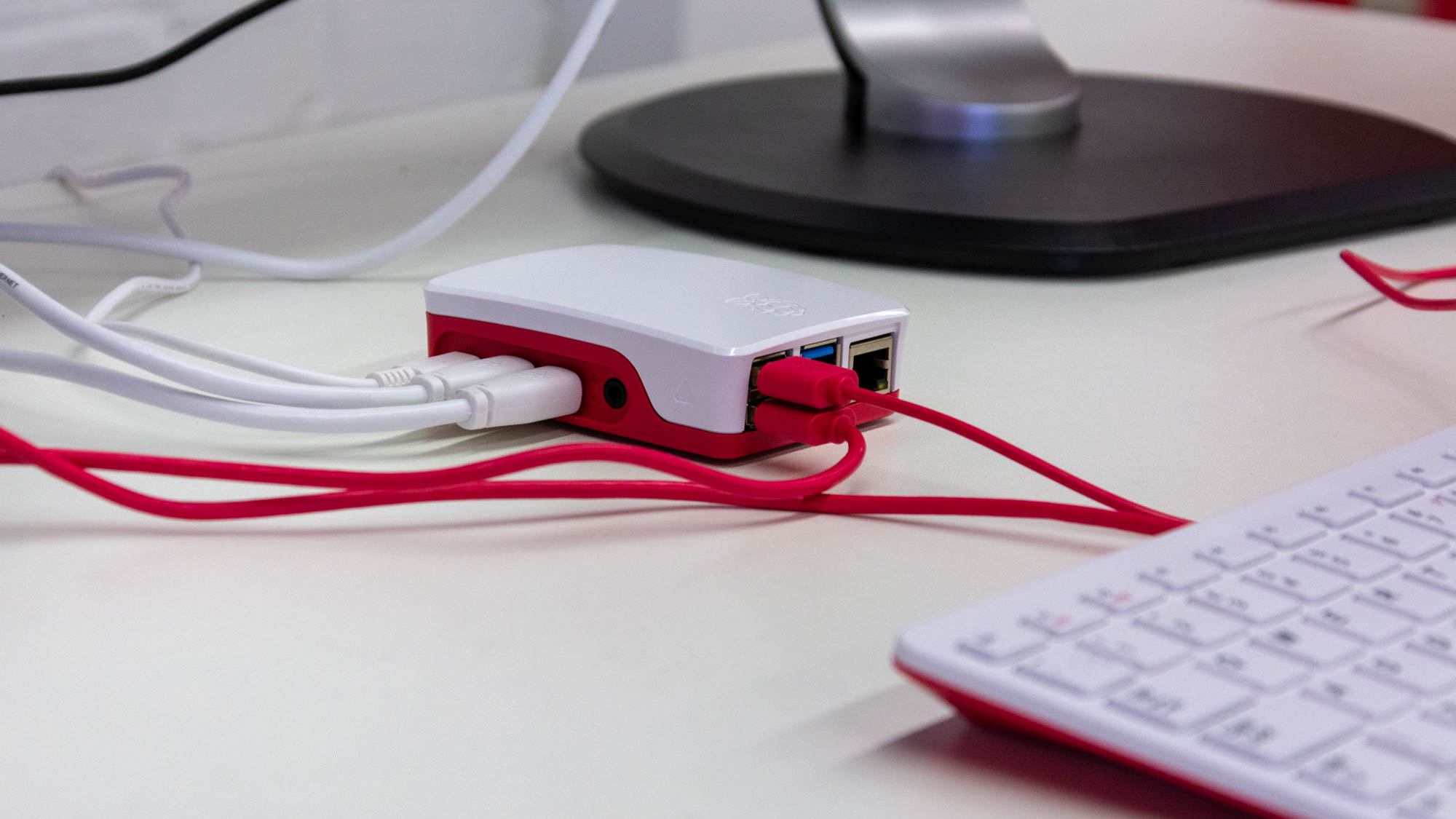
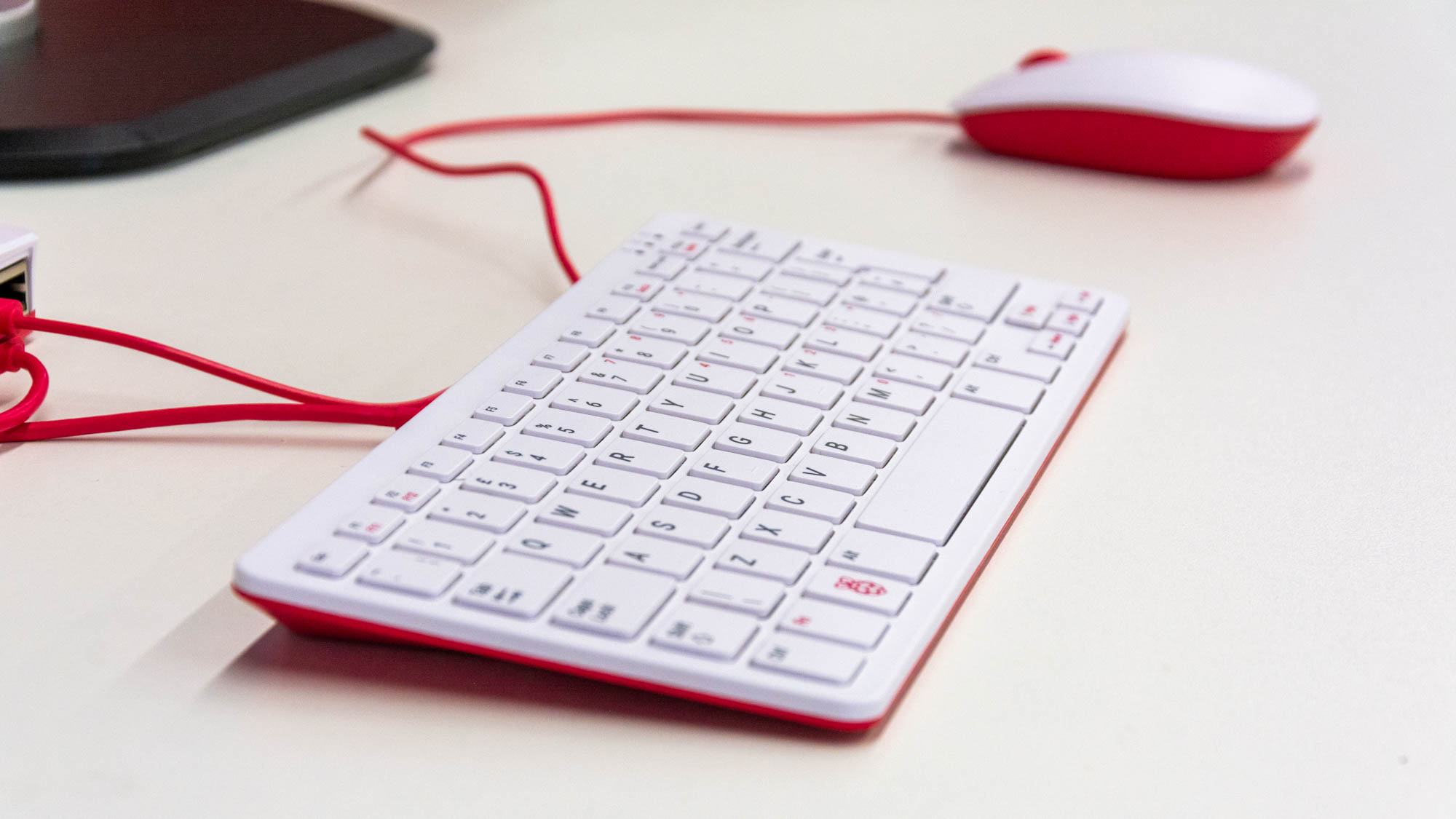
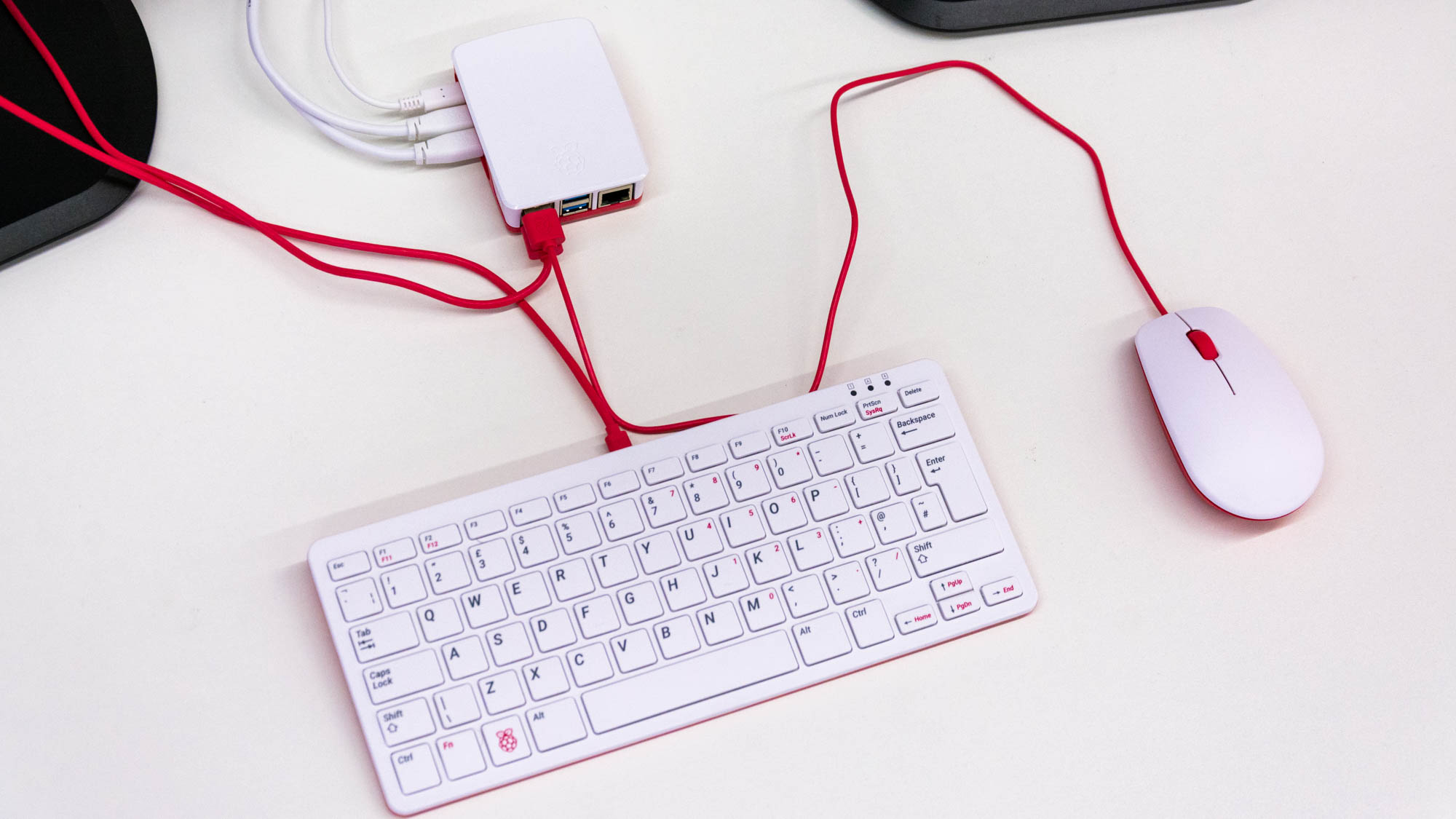
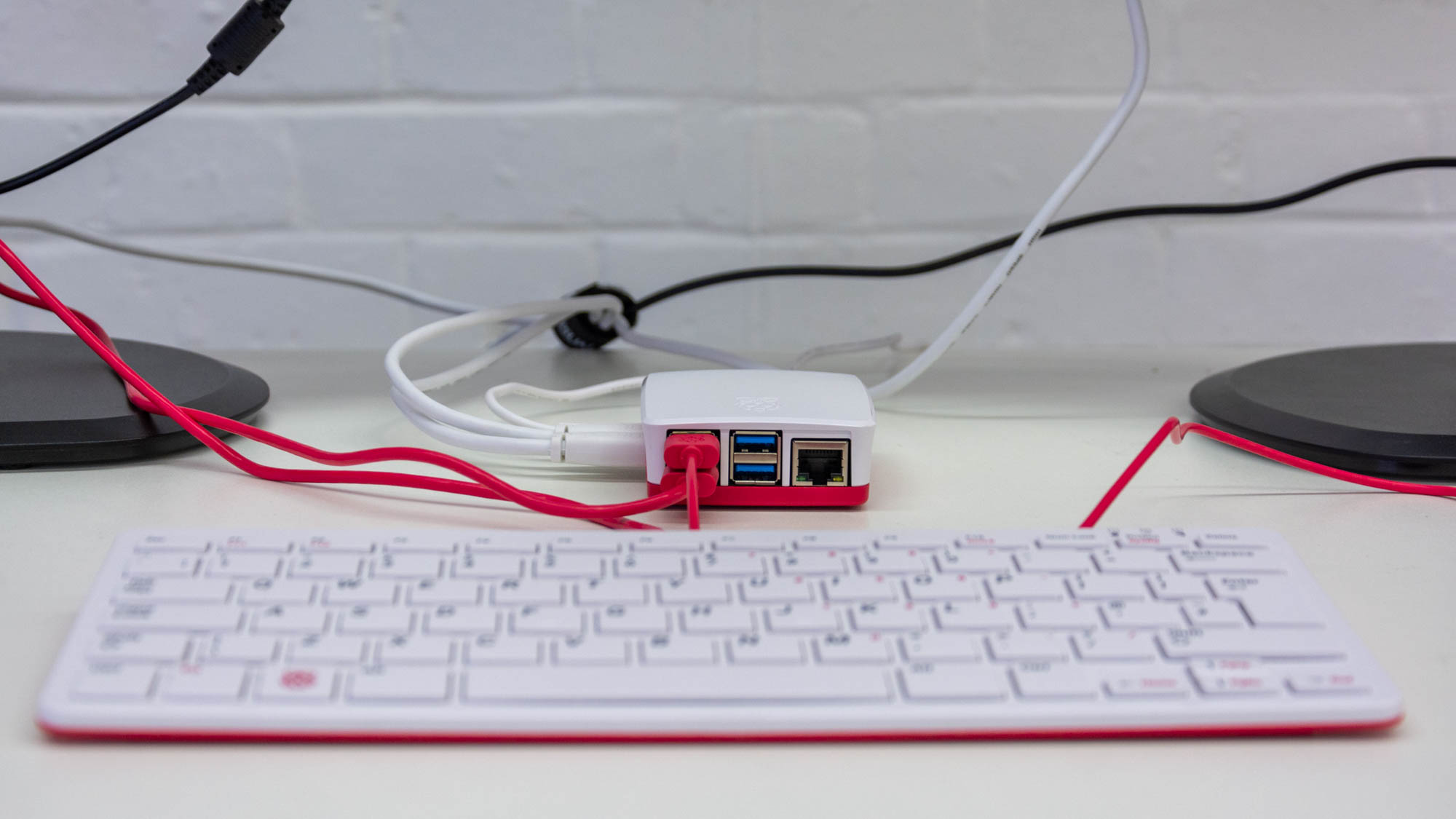

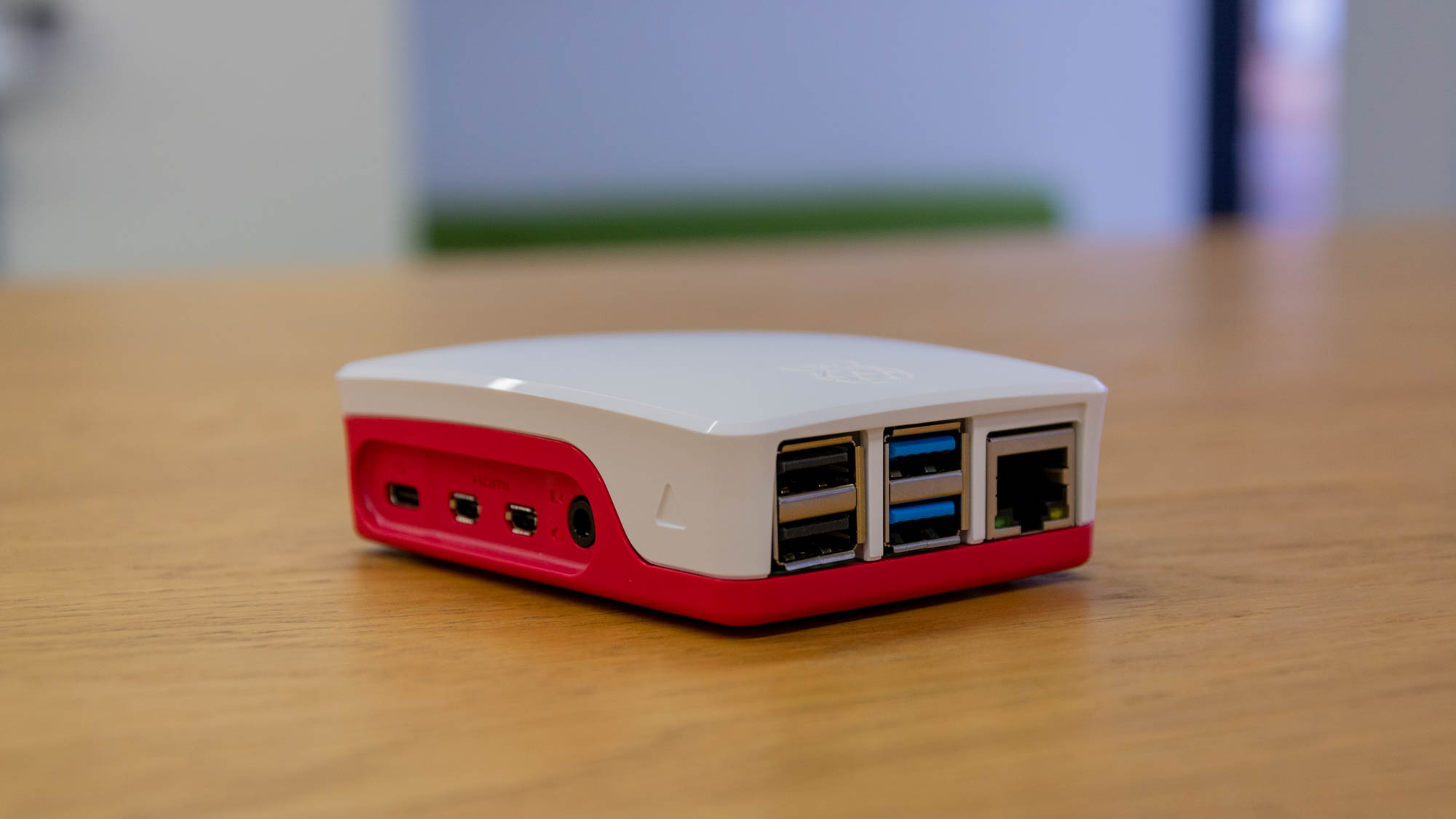
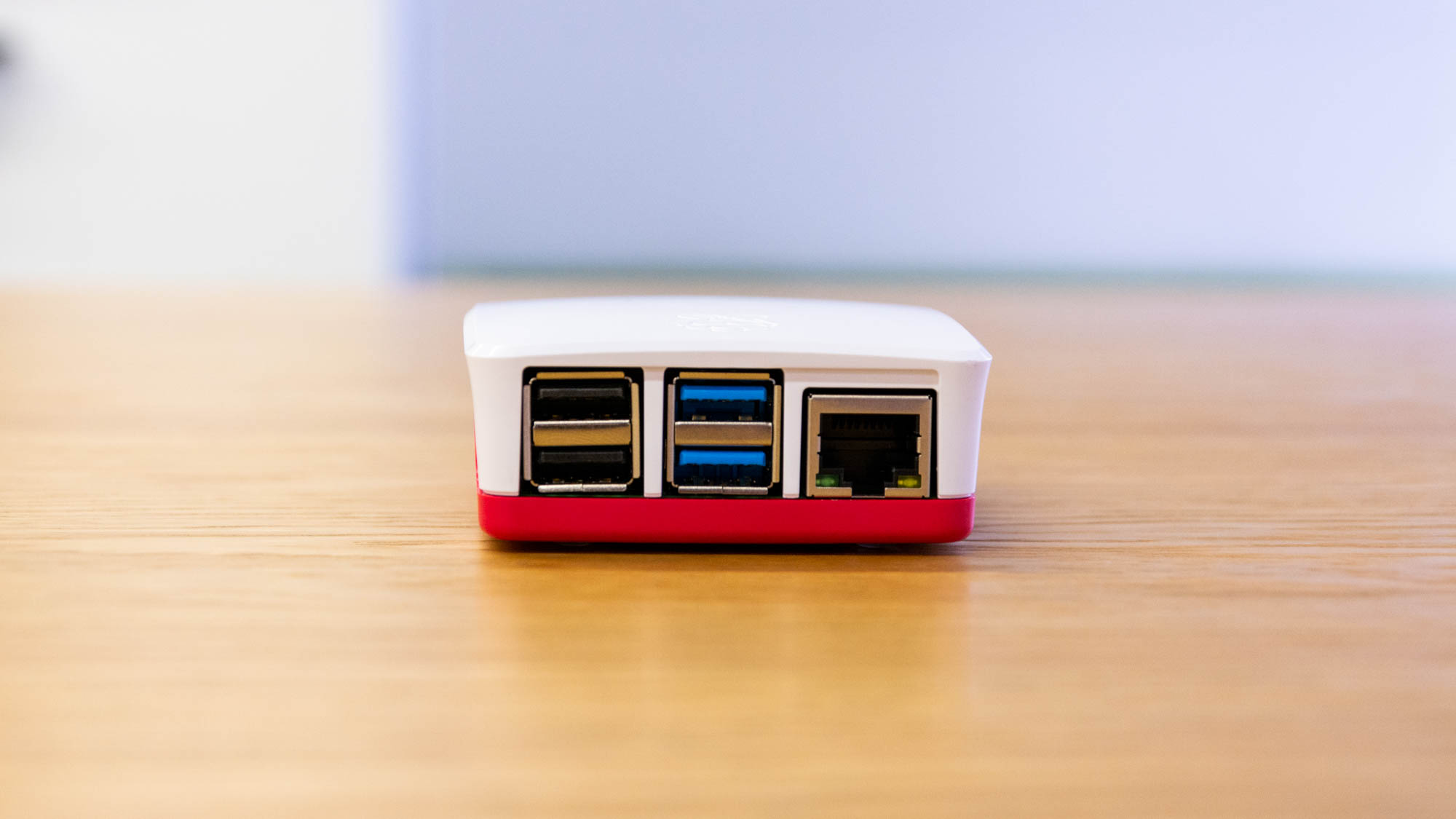
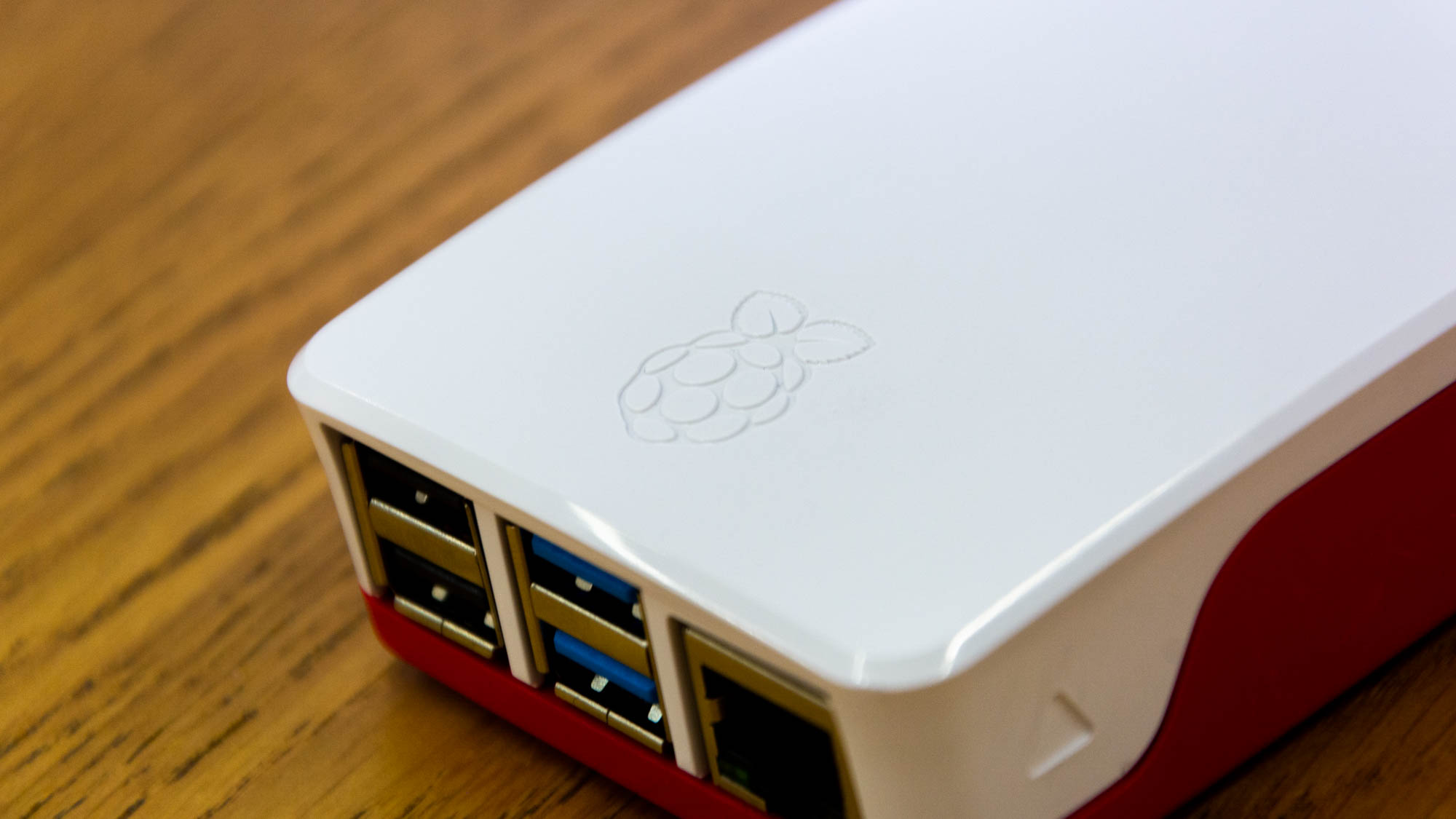
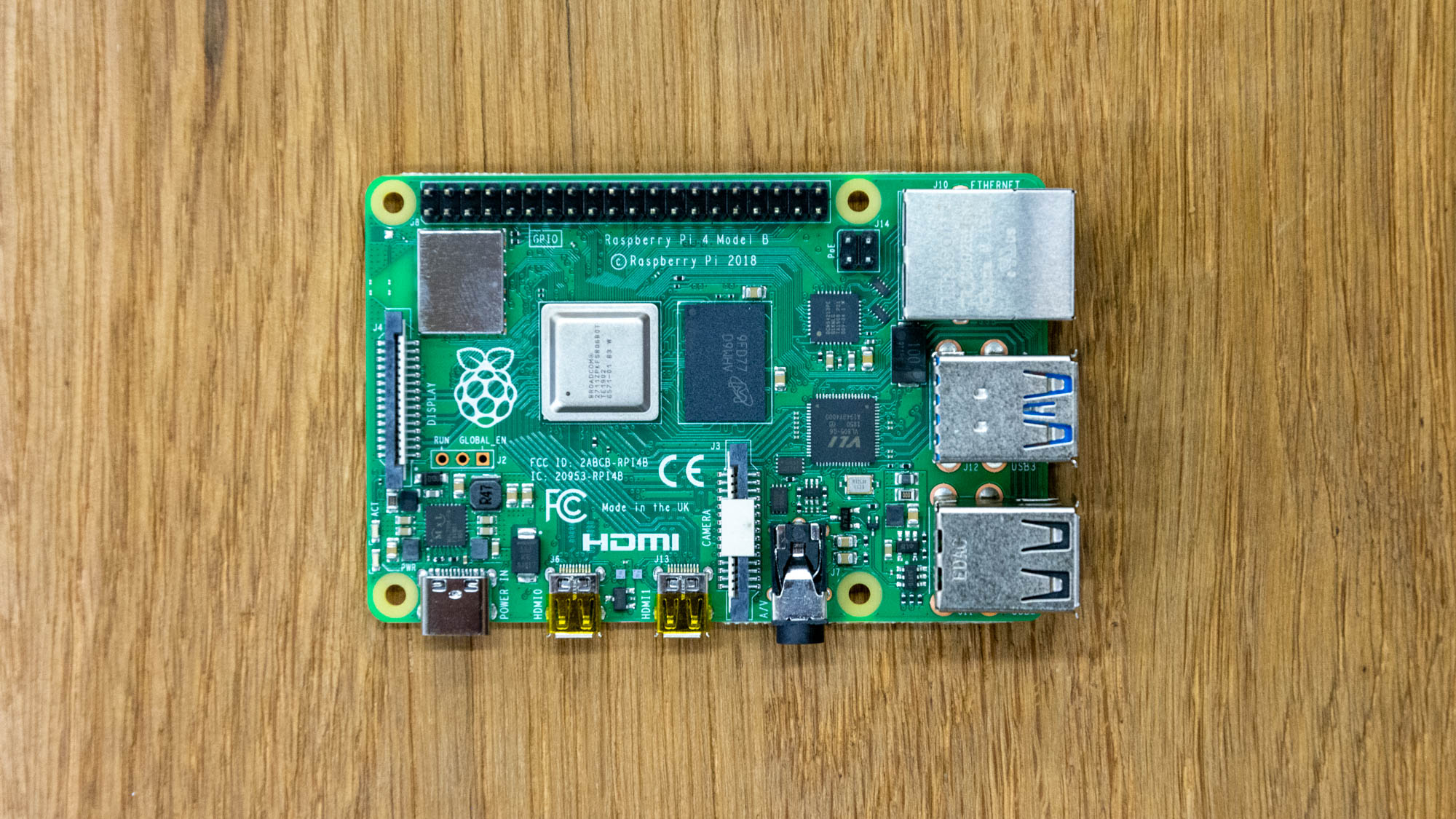
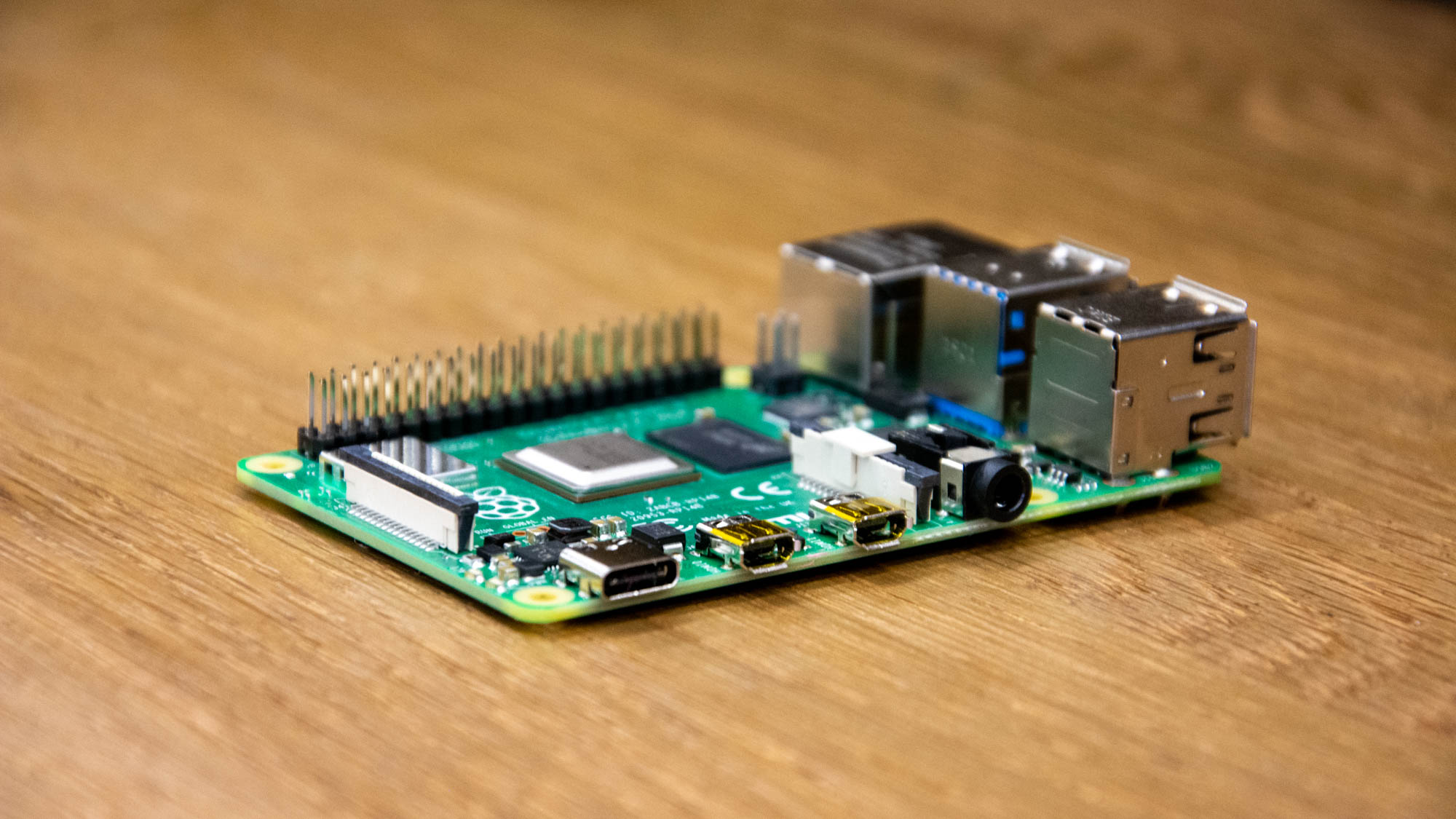
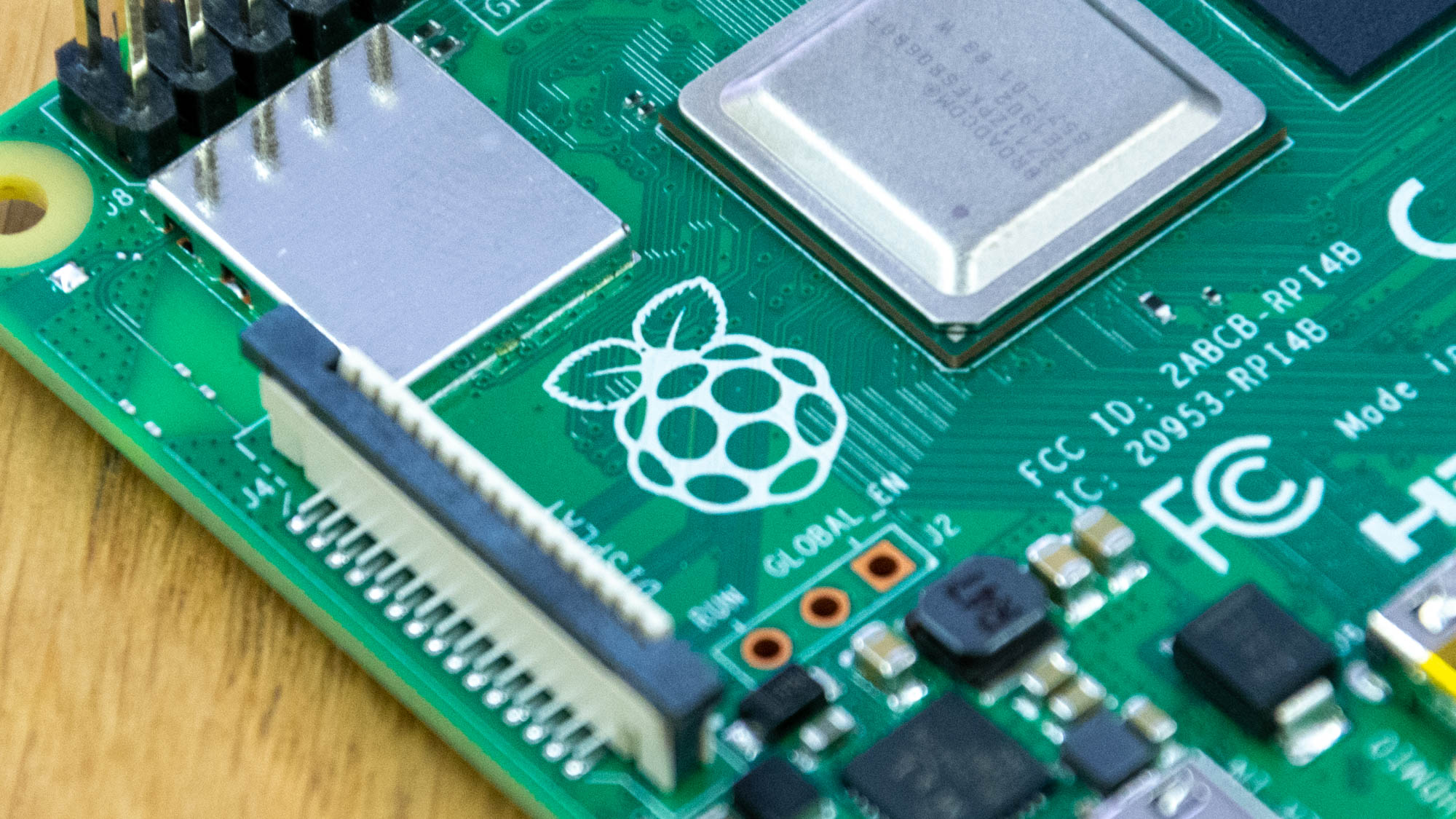
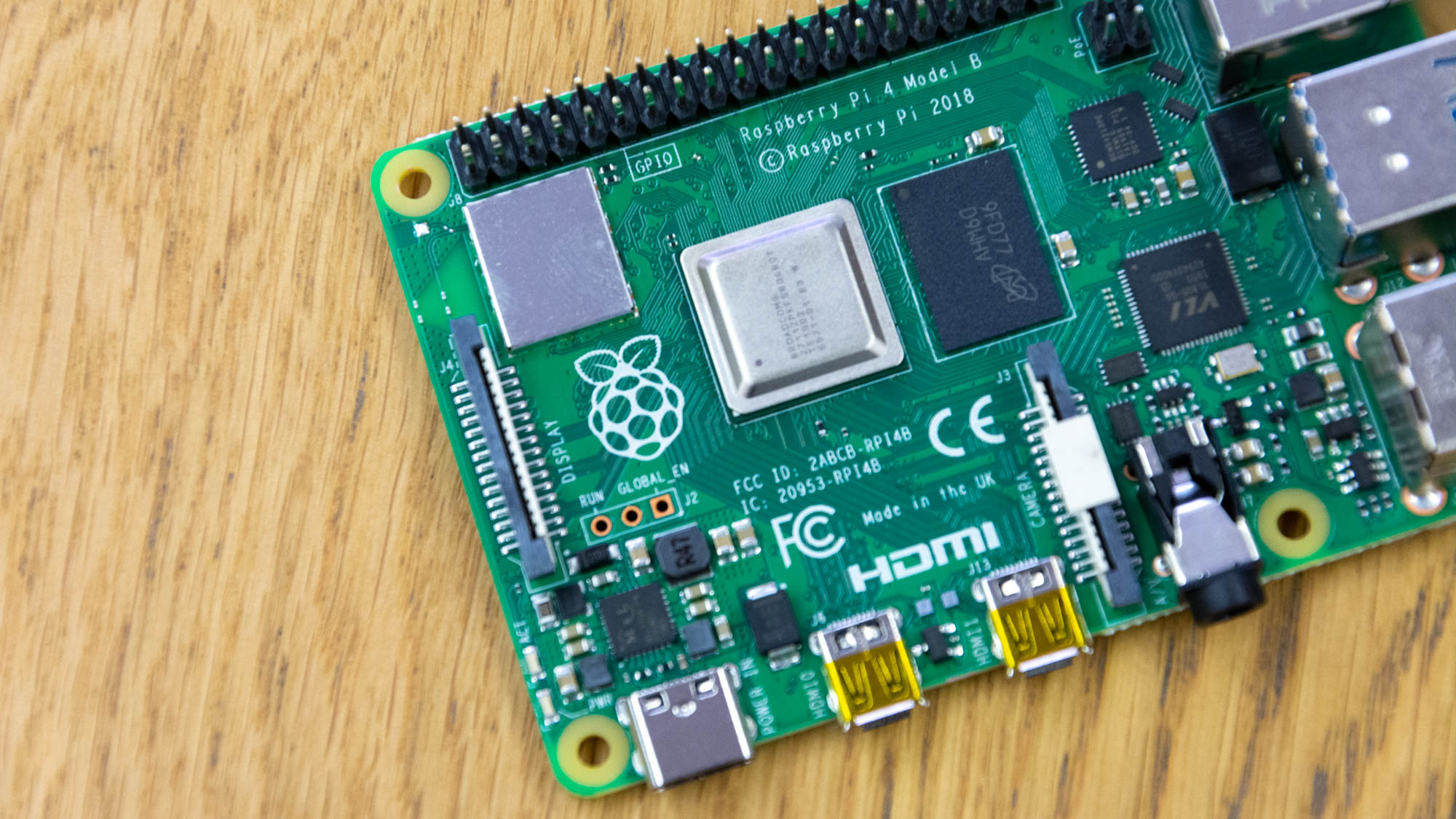
The Raspberry Pi is such an impressive feat of engineering, that we often take it for granted. It's become a fixture of the tech world in a miraculously short space of time and yet it isn't talked up half as much as other devices – yet Raspberry Pi 4 Model B may be the version to right this wrong.
It's a mini marvel, roughly the size of a deck of cards but powerful enough to act as your full-on desktop computer or hobbyist board, headless controller, or any number of innovative uses - all for less than a return train journey from London to Cambridge, where you'll find the Raspberry Pi headquarters.
Despite this success, the Raspberry Pi team has been working hard to cram even more performance and functionality into its tiny frame. Enter the Raspberry Pi 4. Now, it may not look like much, but that is very much keeping within the style of Raspberry Pi machines; humble and deceiving, but super powerful. The Pi 4 has lots of new tech under the hood, such as a new manufacturing process that allowed the team to increase its speed. There's also a suite of new, faster ports, including, for the first time, the ability to output to multiple monitors.
Good things come in Pi(e)s, and the Pi 4 is no exception. There's a whole lot to feast on here, so let us begin with a fresh slice of this tiny computer.
Raspberry Pi 4 Model B review: Design
Let's get the obvious out of the way first. The latest addition to the Pi family looks near-identical to its siblings. It follows the same footprint as the Pi 3, using a board of the same size and weight. Beyond a first glance, you'll see that the port layout has had a bit of an overhaul.
Most notably, the USB ports and Ethernet port have been switched around, so that the USBs now sit on the left of the board. The single large HDMI port has been stripped out and replaced by two much smaller micro HDMI ports, and power is now supplied along a USB-C port, rather than a micro-USB.
This means that you almost certainly won't be able to use the Pi 4 with any cases or enclosures designed for older models and you can't swap out the old Pi powering an existing project, which is understandable (if a bit of a shame). Aside from these changes, it's still largely reminiscent of the Raspberry Pi 3, with its circuitry exposed and the GPIO pins along the right-hand side.
Raspberry Pi 4 Model B review: Ports and features
New ports bring new capabilities, most notably the ability to output to two 4K monitors at 60fps via the two new micro HDMI ports. Although the Pi 4 has a USB-C port, this is sadly exclusively used for powering the device, so you can forget about using it as a one-cable connector.

Elsewhere, two of the four USB ports now use the faster USB 3.0 standard as opposed to the older, slower USB 2.0 specification. Gigabit Ethernet is still present and correct (as is the ability to use PoE via a HAT), and the composite A/V, DSI display and camera ports have all made the jump as well.
Dual-band 11ac WiFi and Bluetooth 5.0 are included on the board, and both come with modular compliance certification out of the box to speed up prototyping and manufacturing processes.
Raspberry Pi 4 Model B review: Specs and performance
The headline news here, however, is the performance. With the Raspberry Pi 4 Model B, the company has created its fastest ever device. That's largely down to a decision to move from the 40nm manufacturing process of old, to the newer 28nm process, resulting in far faster speeds at a much greater efficiency.
The Raspberry Pi 4 Model B is fitted with Broadcom's quad-core BCM2837 SOC chip, clocked at a speed of 1.5GHz. There are also multiple RAM configurations to choose from, which is a first for the Raspberry Pi series – with 1GB, 2GB, or 4GB, or 8GB of LPDDR4 RAM available, the 4GB version being the model we tested. This, of course, means different price points depending on how much you want, with 1GB tier starting at the £35 mark, although this can fluctuate depending on the vendor. This rises to £45 for the 2GB version, £55 for 4GB, and £75 for 8GB.
It’s definitely faster, but specifically how much faster is a harder question to answer. We put it through various benchmark tests, such as the Whetstone and Hardinfo benchmarks, and it came back with mixed results. In the Whetstone and FPU Raytracing tests, it exceeded the Pi 3 B+ by 55%, but it was a whole 127% better at the CryptoHash benchmark, and in the Dhrystone tests it was 95% faster. Overall, it was much faster than the former generation, although how much faster this will feel in reality will depend on the type of workloads you’re utilising it for.

Despite this, if you think that the Pi is now fast enough to act as an entry-level PC, it might be a good idea to curb your enthusiasm a little. Even though it is a good deal faster than the previous Pi, it’s still way off the performance of even the cheapest Y-series Intel Core processor. During testing, we found performance to be somewhat patchy. Although there were no problems when we ran the device on one monitor, the Pi slowed significantly when we tried to use two displays. The Pi also struggled to keep up when we had four single-tab Chromium windows open, typing would take around a second to appear, and we had to wait a number of seconds before our clicks were registered.
It's also in dire need of inbuilt cooling. The more powerful components evidently generate more heat than previously, because the Pi 4 was hitting the 85 degree threshold on a regular basis, after which performance is throttled to prevent overheating. A little thermometer icon appears in the corner of the screen to indicate when this is happening, and it was pretty much a constant fixture while we were using the Pi.
Removing the Pi's case to allow more airflow helped significantly with this, and speed improved noticeably as a result. If you're planning on using the Pi 4 in any projects, we'd highly recommend purchasing a heatsink or a fan-assisted case to ensure optimum performance. With better cooling, the Pi was stable enough (for the most part) to use as a day-to-day work machine with few incidences of frustrating lag.
Network speeds were good too; while Ethernet speeds were capped at 300Mbits/sec with the previous generation, the new Pi is capable of the full 1,000Mbits/sec offered by the Gigabit standard. This makes it ideally suited to network transfer tasks like acting as a security camera or data gathering device.
Raspberry Pi 4 Model B review: Verdict
While we do have some issues with the Raspberry Pi 4's thermal management and cooling, these can be effectively countered by adding a heatsink. On top of that, we keep coming back to the fact that this is a device which costs less than £50 and is roughly the size of a packet of cigarettes - and yet, we've been comfortably doing all our work on it (bar photo editing) with few complaints.
That really is staggeringly impressive when you think about it. The Raspberry Pi remains a marvel of engineering, and the fact that we're comparing it to traditional desktops at all bespeaks a seriously capable machine.
The Raspberry Pi family is Britain's greatest innovation since the ZX Spectrum, and the Raspberry Pi 4 is its crowning glory. With more versatility, improved performance and faster data transfer, the Pi 4 is nothing short of delicious.
Raspberry Pi 4 Model B specifications
| Processor | Quad-core 1.5GHz Broadcom BCM2837 |
| RAM | 1GB/2GB/4GB/8GB |
| Dimensions | 56 x 85 x 16mm |
| Ports | 2x USB 2.0, 2x USB 3.0, 2x micro HDMI, 1x DSI, 1x CSI, 1x GbE, 40x GPIO |
Get the ITPro daily newsletter
Sign up today and you will receive a free copy of our Future Focus 2025 report - the leading guidance on AI, cybersecurity and other IT challenges as per 700+ senior executives
Adam Shepherd has been a technology journalist since 2015, covering everything from cloud storage and security, to smartphones and servers. Over the course of his career, he’s seen the spread of 5G, the growing ubiquity of wireless devices, and the start of the connected revolution. He’s also been to more trade shows and technology conferences than he cares to count.
Adam is an avid follower of the latest hardware innovations, and he is never happier than when tinkering with complex network configurations, or exploring a new Linux distro. He was also previously a co-host on the ITPro Podcast, where he was often found ranting about his love of strange gadgets, his disdain for Windows Mobile, and everything in between.
You can find Adam tweeting about enterprise technology (or more often bad jokes) @AdamShepherUK.
-
 ‘Phishing kits are a force multiplier': Cheap cyber crime kits can be bought on the dark web for less than $25 – and experts warn it’s lowering the barrier of entry for amateur hackers
‘Phishing kits are a force multiplier': Cheap cyber crime kits can be bought on the dark web for less than $25 – and experts warn it’s lowering the barrier of entry for amateur hackersNews Research from NordVPN shows phishing kits are now widely available on the dark web and via messaging apps like Telegram, and are often selling for less than $25.
By Emma Woollacott Published
-
 Redis unveils new tools for developers working on AI applications
Redis unveils new tools for developers working on AI applicationsNews Redis has announced new tools aimed at making it easier for AI developers to build applications and optimize large language model (LLM) outputs.
By Ross Kelly Published
-
 Google layoffs continue with "hundreds" cut from Chrome, Android, and Pixel teams
Google layoffs continue with "hundreds" cut from Chrome, Android, and Pixel teamsNews The tech giant's efficiency drive enters a third year with devices teams the latest target
By Bobby Hellard Published